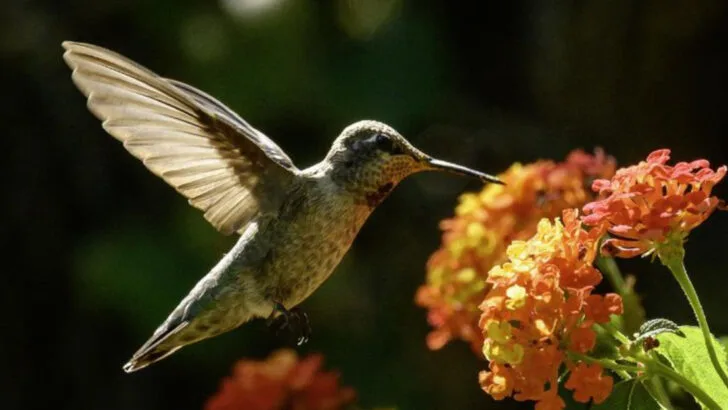Hummingbirds are fun to watch, and the right flowers can bring them right up to your doorstep. Hanging baskets are a great way to add color to your space and attract these tiny visitors at the same time.
But while some flowers are full of nectar and perfect for hummingbirds, others look nice but don’t offer what they need. That means you could be filling your baskets with blooms they won’t even notice.
If you want to keep hummingbirds coming back all season, it helps to know which flowers they actually use. Let’s take a closer look at what works—and what doesn’t.
Fuchsia
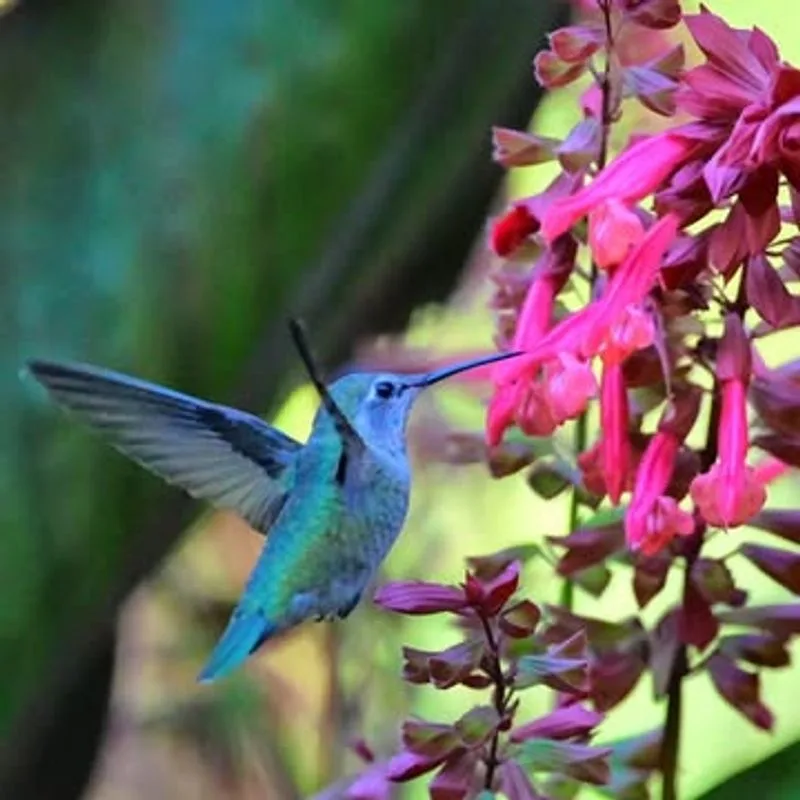
Fuchsia’s bright, drooping blooms are a hummingbird’s delight. Rich in nectar, these flowers provide an abundant food source for these energetic birds. Their vivid colors and unique shape make them particularly attractive.
Perfect for shady spots, Fuchsia can transform a dull corner into a lively, colorful display. The plant’s adaptability to various environments makes it a popular choice for gardeners looking to attract hummingbirds.
Beyond their aesthetic appeal, Fuchsia blooms continuously, ensuring a steady supply of nectar. Hummingbirds frequent these plants, lured by their irresistible charm and nourishment.
Cuphea (Cigar Plant)
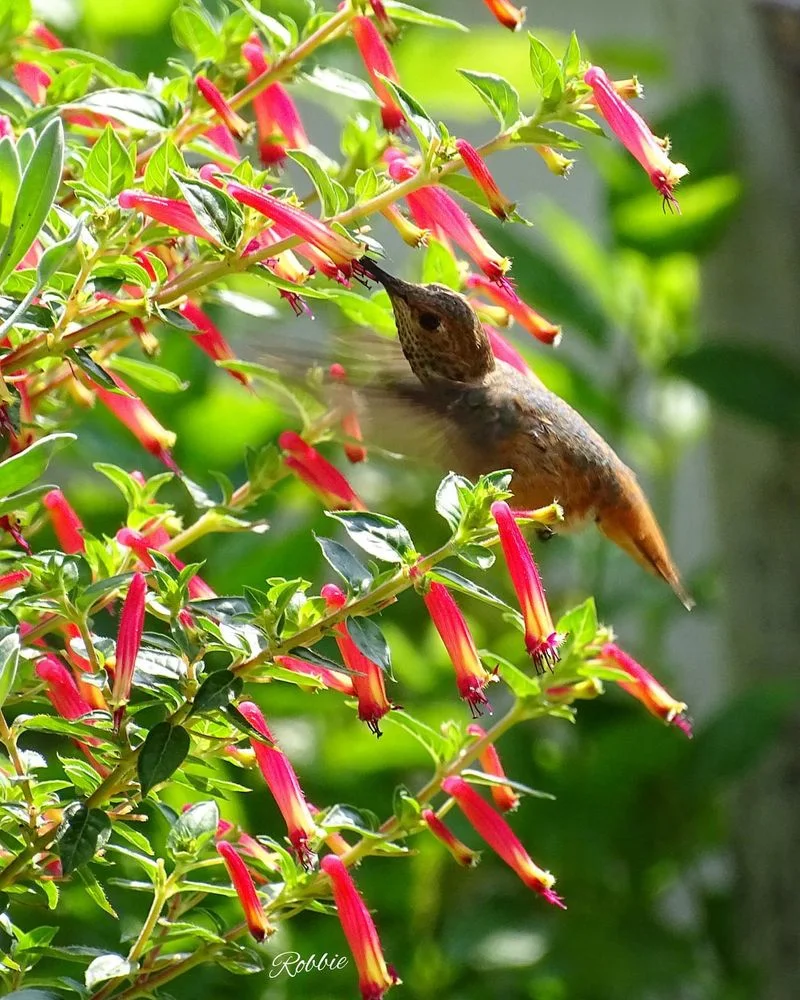
With its tubular orange-red flowers, the Cuphea or Cigar Plant, entices hummingbirds effortlessly. Its constant blooming in warm weather makes it a reliable nectar source. This plant’s resilience and colorful display make it a garden favorite.
Hummingbirds, attracted to the bright hues and easy access, visit these blooms frequently. The Cuphea’s low maintenance and ability to thrive in various conditions add to its appeal.
Gardeners enjoy its vibrant presence, knowing it will continuously attract hummingbirds throughout the warm months. The Cigar Plant is a delightful addition to any garden.
Salvia (Black & Blue, Pineapple Sage)
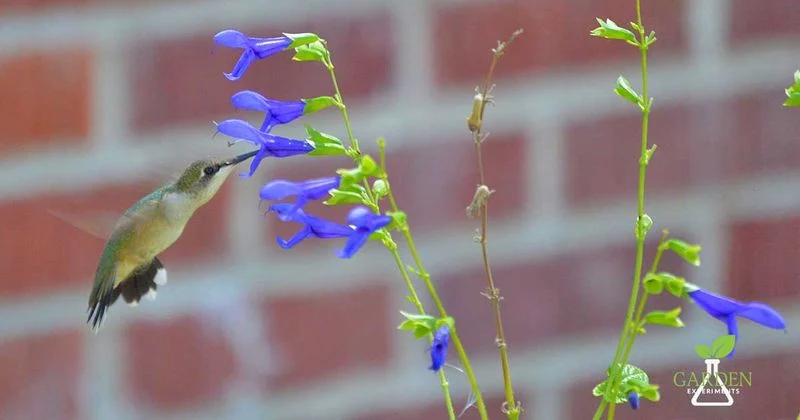
Salvia, known for its tall spikes and nectar-rich flowers, is a top choice for hummingbird enthusiasts. The bold colors and enticing scent draw these birds in, creating a lively garden scene.
Particularly adored by hummingbirds, Salvia varieties like Black & Blue and Pineapple Sage stand out for their beauty and nectar production. The flowers’ structure allows easy access for feeding.
Gardeners appreciate Salvia’s ability to attract pollinators while adding vibrant color to their spaces. These plants bloom prolifically, ensuring a constant hummingbird presence.
Lantana
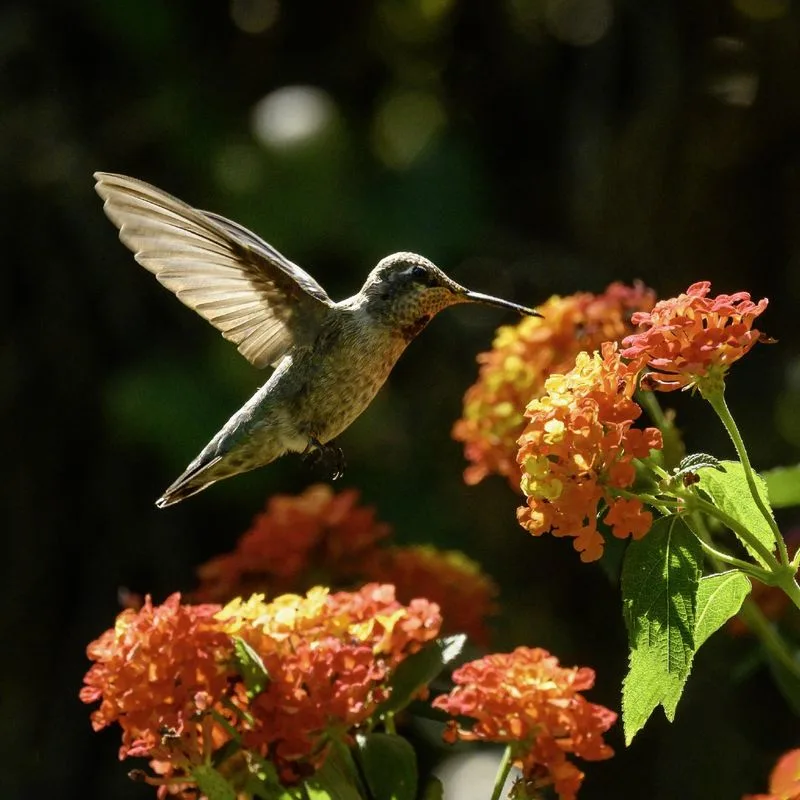
Lantana’s clusters of vibrant blooms are a feast for the eyes and a magnet for hummingbirds. Known for being drought-tolerant, this plant thrives in sunny environments and requires minimal care.
The nonstop blooming nature of Lantana ensures a continuous supply of nectar, making it a favorite among hummingbirds. The color variations in its flowers add to its appeal, attracting these tiny birds with ease.
Beyond its attraction to hummingbirds, Lantana adds a splash of color to any garden, brightening spaces with its lively presence and diverse hues.
Petunia (Especially Red or Purple Varieties)
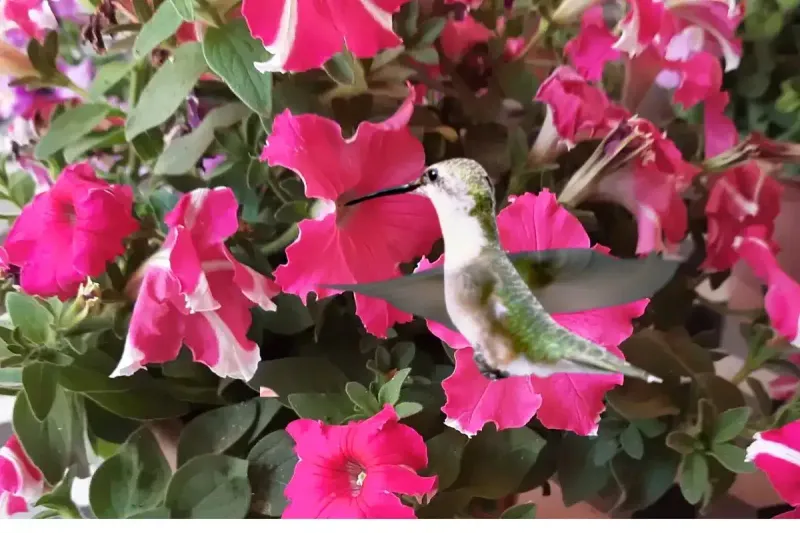
Petunias, especially red and purple varieties, are beloved by hummingbirds for their funnel-shaped flowers. These blooms are easy to access, allowing hummingbirds to feed effortlessly.
Thriving in full sun, Petunias add a dash of vibrant color to gardens, drawing in both birds and admirers. Their low maintenance and adaptability make them a gardener’s favorite.
Hummingbirds find Petunias irresistible, often seen darting around these radiant blooms. The vivid hues and simple flower structure make them an essential addition to a hummingbird-friendly garden.
Calibrachoa (Million Bells)
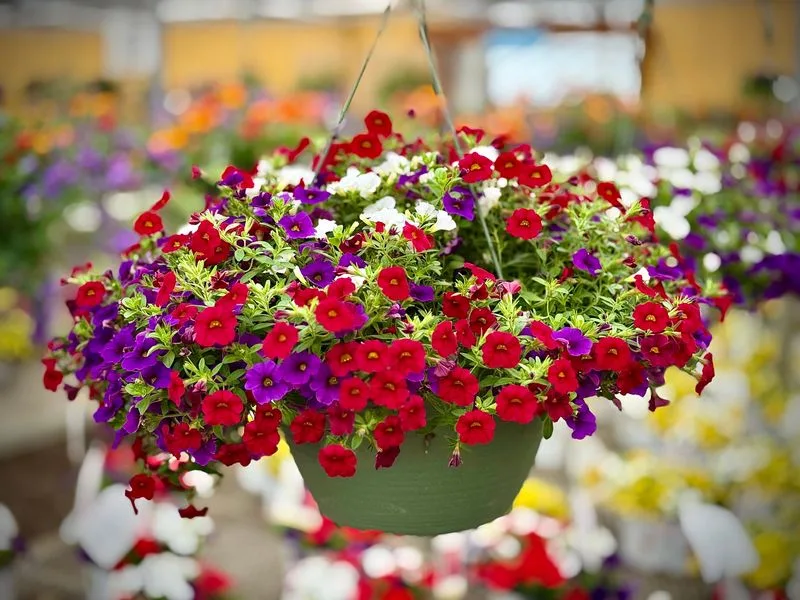
Calibrachoa, known as Million Bells, captivates with its small, petunia-like blooms. These flowers form masses of color, attracting hummingbirds with their abundant nectar.
Long blooming and low maintenance, Calibrachoa is perfect for adding a splash of color to any garden. Hummingbirds flock to these plants, drawn by the nectar-rich flowers and vibrant display.
Gardeners enjoy the ease of growing Calibrachoa, knowing it will consistently attract hummingbirds. The plant’s versatility and beauty make it a popular choice for those looking to create a lively outdoor space.
Russelia (Firecracker Plant)
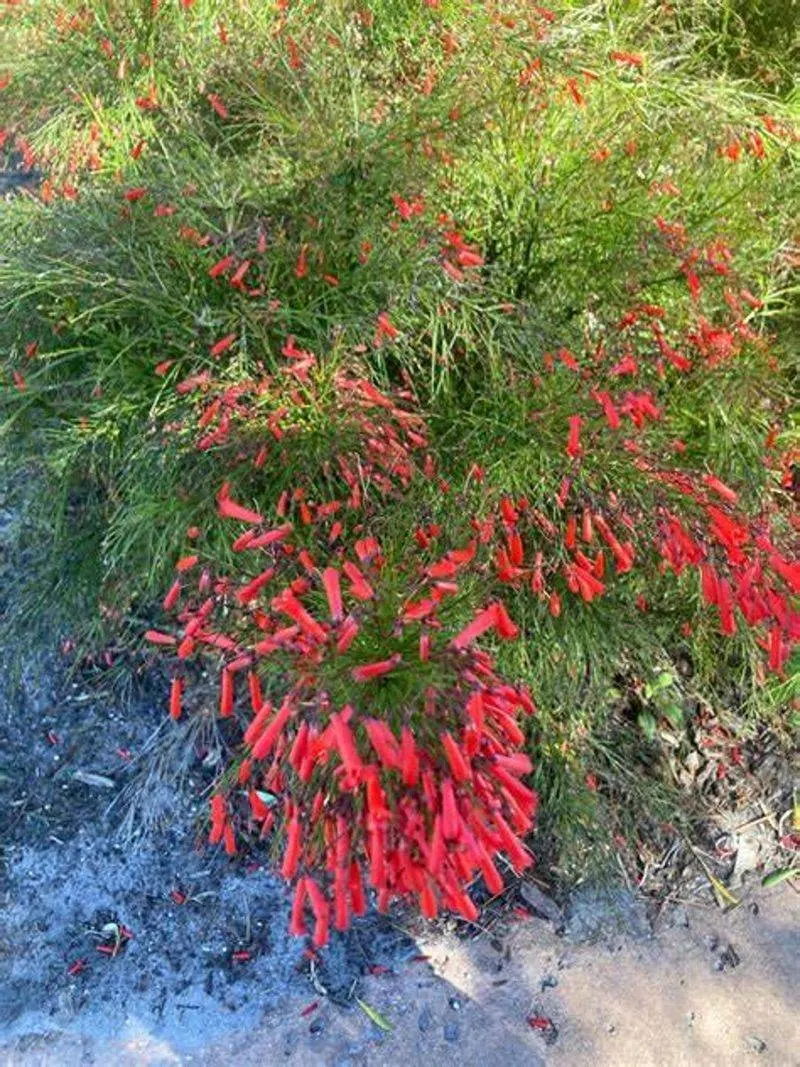
Russelia, or the Firecracker Plant, is a trailing wonder known for its tubular red flowers. Hummingbirds adore these blooms for their rich nectar and convenient access.
Ideal for hanging baskets, Russelia adds a dynamic element to gardens with its cascading growth habit. Its vibrant flowers and easy maintenance make it a favorite among hummingbird lovers.
Gardeners appreciate Russelia’s ability to attract hummingbirds while providing a striking visual display. The plant thrives in sunny conditions, ensuring a steady hummingbird presence in any garden.
Marigolds
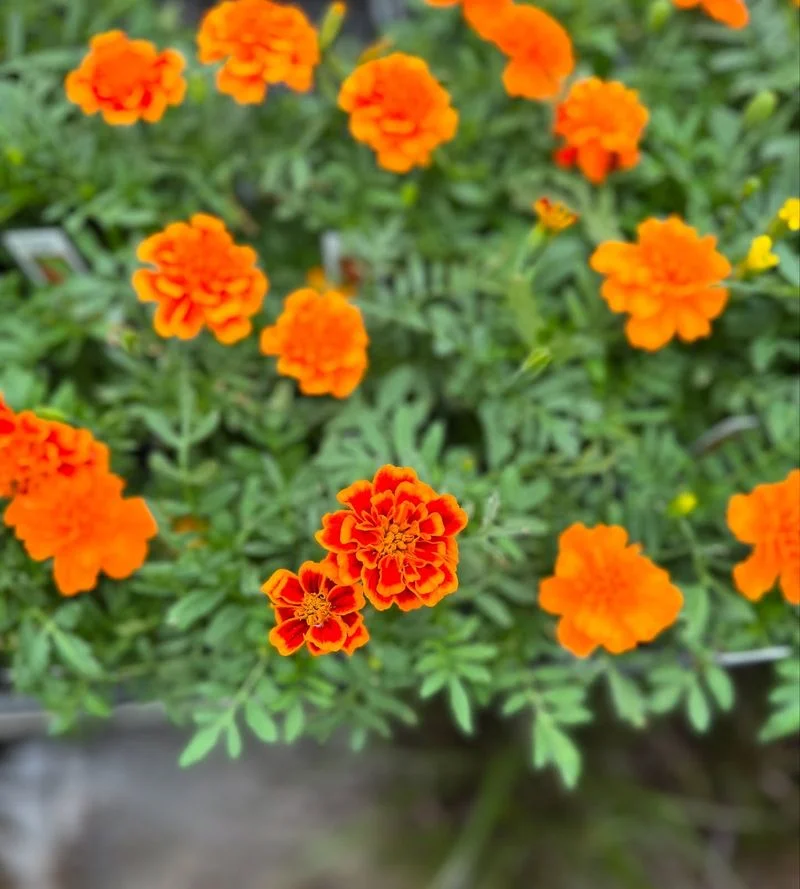
Marigolds, while vibrant and eye-catching, are not favored by hummingbirds. Their lack of tubular structure and low nectar content make them less appealing.
These flowers are more attractive to humans than hummingbirds, who seek flowers rich in nectar. Despite their bright colors, marigolds offer little to the discerning hummingbird.
Gardeners may enjoy marigolds for their bold appearance and easy cultivation, but those aiming to attract hummingbirds might look elsewhere. Marigolds, though beautiful, simply don’t provide the sustenance hummingbirds crave.
Begonias
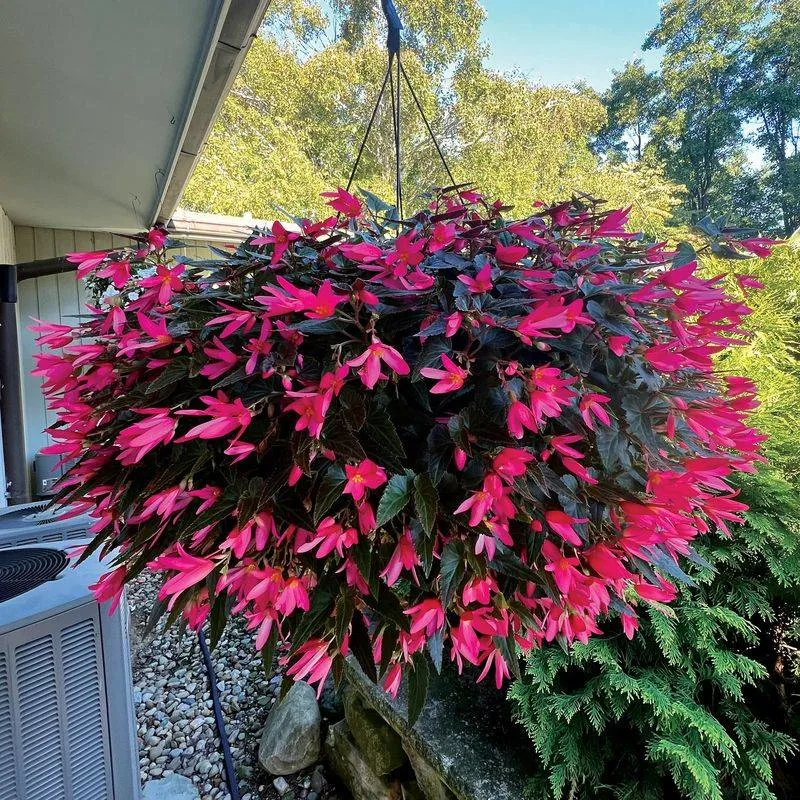
Begonias, known for their lush and attractive blooms, are more appealing to humans than hummingbirds. Their lack of nectar-rich flowers makes them less enticing to these birds.
While begonias add beauty to gardens, they don’t attract hummingbirds, who prefer blooms with accessible nectar. These plants thrive in shaded areas, offering visual appeal without attracting pollinators.
Gardeners appreciate begonias for their aesthetic value, but those seeking hummingbird visitors might choose more suitable plants. Begonias, despite their charm, remain overlooked by hummingbirds for their lack of nourishment.
Geraniums
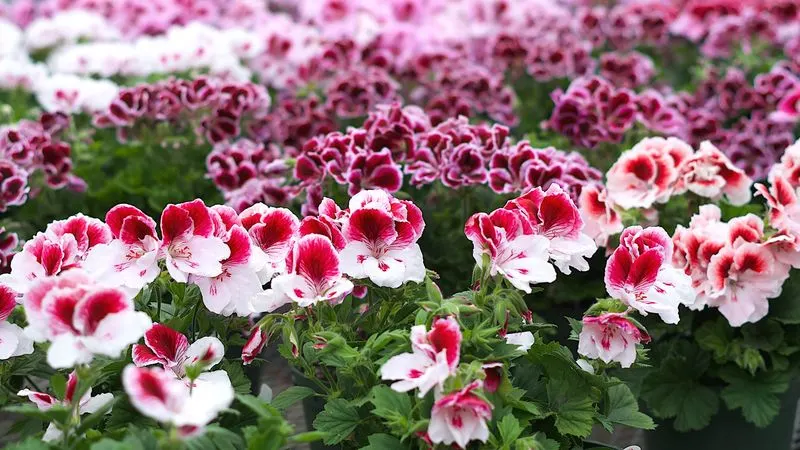
Geraniums are loved for their vibrant colors and strong scent, but they hold little allure for hummingbirds. The flowers’ structure and low nectar content make them less attractive.
These plants are popular for their easy growth and striking appearance, though they do not entice hummingbirds seeking nectar. Gardeners often include geraniums for their bold visual appeal and aroma.
Despite their popularity, geraniums are not a top choice for hummingbirds. Their limited nectar offering leaves them overlooked, as these birds seek richer sources of nourishment elsewhere.
Boston Fern

Boston Ferns, celebrated for their lush greenery, offer no floral attraction to hummingbirds. These plants, all foliage and no flowers, provide no nectar or food for these birds.
While Boston Ferns add texture and greenery to spaces, they do not attract hummingbirds, who prefer nectar-rich blooms. Gardeners value ferns for their decorative appeal but understand their limitations in attracting pollinators.
Those aiming to entice hummingbirds might opt for flowering plants instead. Boston Ferns, though beautiful, lack the floral allure needed to draw in these lively visitors.
Impatiens (Standard Varieties)
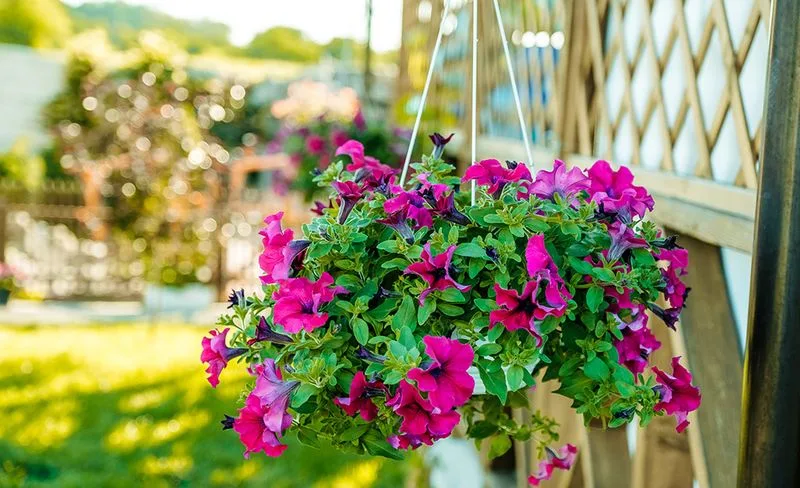
Impatiens, known for their bright colors and shade-loving nature, are not a hummingbird’s first choice. Their flowers, though attractive, offer limited nectar.
These plants thrive in shaded areas, providing visual interest without drawing in hummingbirds. Gardeners enjoy impatiens for their ease of growth and ability to brighten dim spaces.
While impatiens add color to gardens, they are not highly sought after by hummingbirds. Those seeking to attract these birds might consider alternatives with richer nectar offerings.
Succulents (e.g., Sedum, Hens and Chicks)
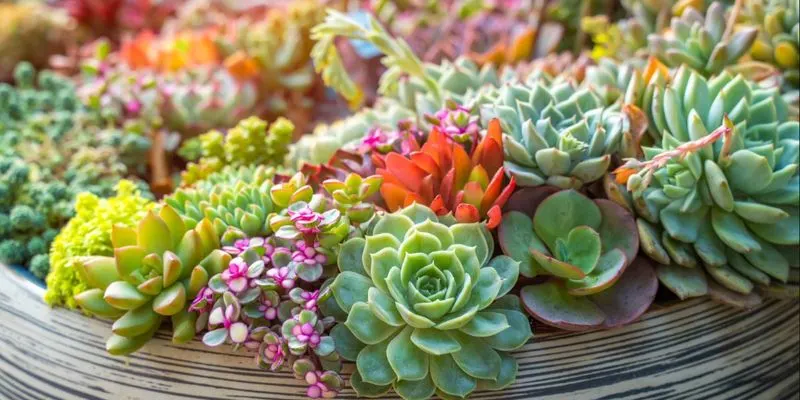
Succulents, like Sedum and Hens and Chicks, are admired for their unique shapes and hardiness, but they offer nothing for hummingbirds. With no nectar or flowers, these plants don’t attract these birds.
Gardeners appreciate succulents for their low maintenance and drought resistance, but they don’t appeal to hummingbirds seeking nectar. Their architectural beauty adds interest to gardens, despite a lack of floral allure.
While succulents are popular for their distinctive appearance, those aiming to attract hummingbirds should consider plants with colorful, nectar-rich flowers instead.
Ornamental Grasses
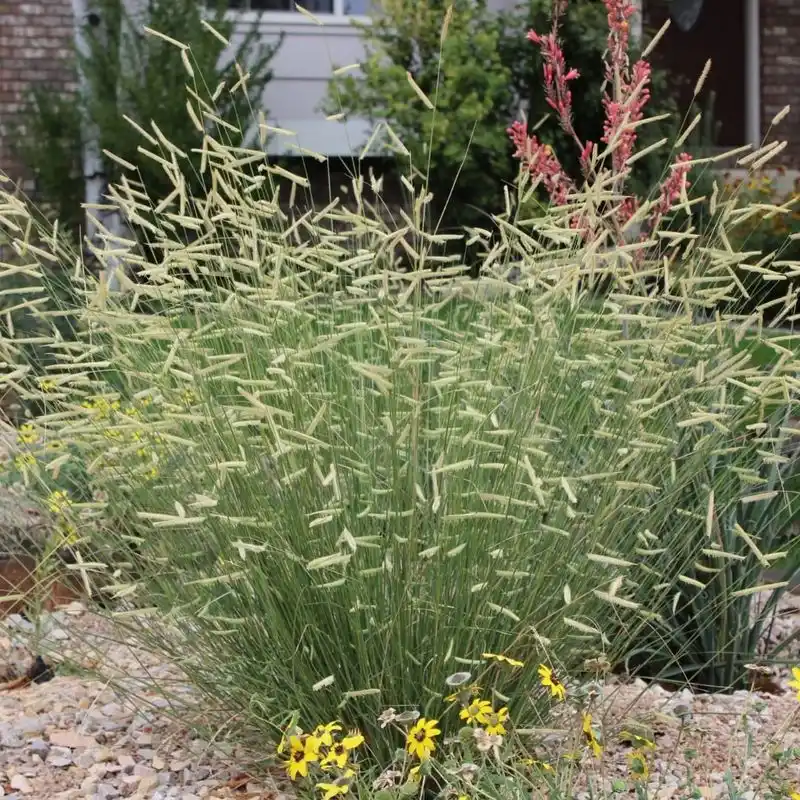
Ornamental grasses add texture and movement to gardens but fail to attract hummingbirds. These plants, offering no flowers or nectar, hold little interest for these birds.
While appreciated for their visual and tactile appeal, ornamental grasses do not provide the nourishment hummingbirds seek. Gardeners often include them for their aesthetic value, understanding their limitations in attracting pollinators.
For those focused on drawing hummingbirds, flowering plants with abundant nectar are more suitable. Ornamental grasses, despite their grace, are not on a hummingbird’s list of favorites.

